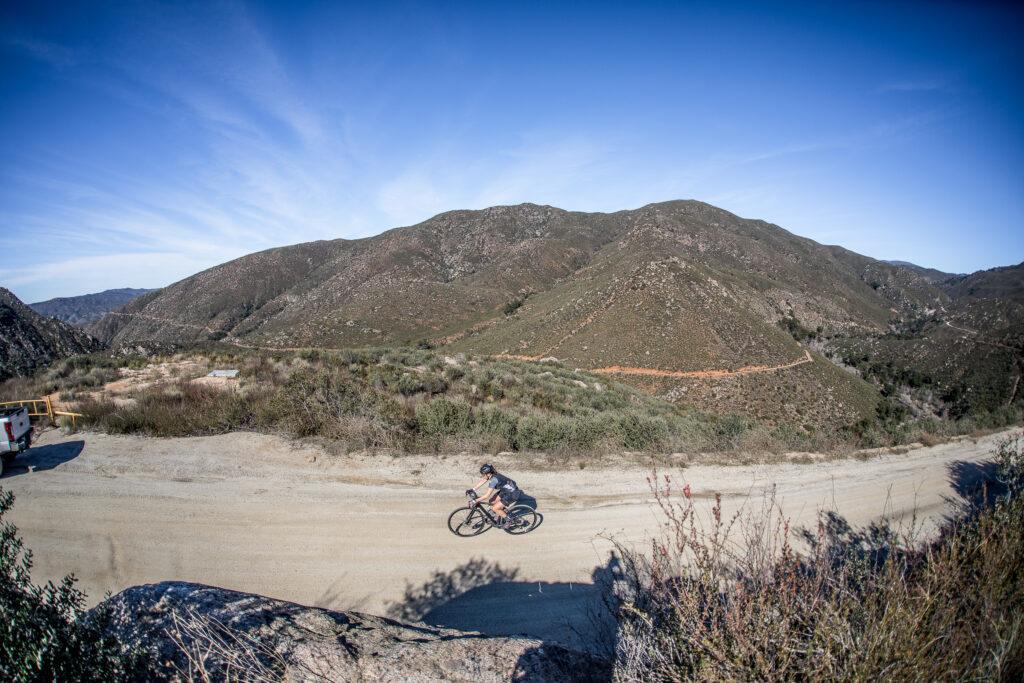How Much Time Does it Take to Improve FTP?

Very importantly for the purposes of base training, and periodization on the whole, is the tracking of how long it takes for improvements in performance (such as FTP gains) to happen. Gradual progression and consistent training leads to gradual and consistent improvements for most athletes most of the time. In WKO5, we can see how much training it takes to improve FTP and what that training consisted of, in specific detail. It’s imperative to understand that considerations like nutrition and recovery are as important, if not more so, than the physical stress of training. Without proper recovery, no gains will be made. Nutrition plays a key role in this as well.
We’ve seen that for most riders, it takes somewhere around 300 hours of training to be ready for an exceptional individual performance. In addition, a CTL greater than 100TSS/day (maintained for a time dependent on the individual) is ideal for this peak performance. CTL (chronic training load), is an athlete-specific measure of long term training stress. Most athletes can accumulate a CTL of 100TSS/day with a training volume of 12-15 hours each week. For time constrained athletes, it may be necessary to target a lower CTL of around 75-85TSS/day, which can be accomplished with 7 to 10 hours each week. While it’s certainly possible to gain and maintain fitness at a lower weekly volume (in particular for newer athletes), it becomes challenging for trained athletes to effectively and properly recover when outside constraints require less training time.

There are several considerations to make in order to get a CTL in the 100TSS/day range at the right time. One of the most significant is ramp rate, or how quickly the CTL rises in a given period. A ramp rate of 3-7 points per week is typically ideal. Sustain much less and an athlete often doesn’t have the training stimulus to improve. Sustain a higher ramp rate for a long period, and the athlete risks excessive fatigue and overtraining syndrome. Working backwards from the athlete’s goals, CTL should be around 100 anywhere from 2-6 weeks prior to goal events. With a ramp rate average of 5 points per week and a starting CTL of 50-70 (common after a period of rest during the offseason), that leaves us with about 8 weeks of solid training to see any significant improvement in FTP. In many cases, I recommend adding 2-3 recovery weeks spaced throughout this time. So for most athletes coming off a period of reduced or less focused training, it takes around 10 weeks to begin to see FTP gains.
Originally published in 2016, revised June 23, 2020 by SE Coach Mitchell Sides.
Want to learn more about our coaching? We can help you reach your FTP goals through individual coaching or training plans.

As an Exercise Science student at the University of Texas, Mitchell Sides assisted coaching the university cycling and triathlon teams. Since graduating, he raced professionally for Elevate Pro Cycling and started his coaching career at Source Endurance. Mitchell has been using TrainingPeaks and WKO4 analytical software to help optimize workouts for each athlete. His athletes range from masters to college freshmen in cycling and triathlon. Learn more about Mitchell.
